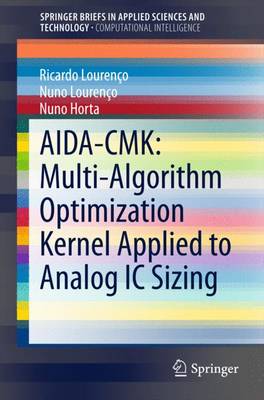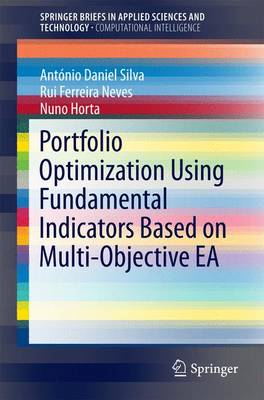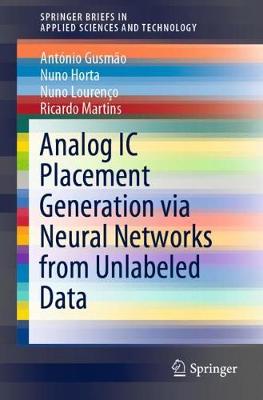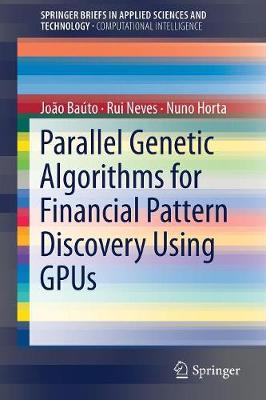SpringerBriefs in Applied Sciences and Technology
5 total works
A Machine Learning based Pairs Trading Investment Strategy
by Simao Moraes Sarmento and Nuno Horta
This book investigates the application of promising machine learning techniques to address two problems: (i) how to find profitable pairs while constraining the search space and (ii) how to avoid long decline periods due to prolonged divergent pairs. It also proposes the integration of an unsupervised learning algorithm, OPTICS, to handle problem (i), and demonstrates that the suggested technique can outperform the common pairs search methods, achieving an average portfolio Sharpe ratio of 3.79, in comparison to 3.58 and 2.59 obtained using standard approaches. For problem (ii), the authors introduce a forecasting-based trading model capable of reducing the periods of portfolio decline by 75%. However, this comes at the expense of decreasing overall profitability. The authors also test the proposed strategy using an ARMA model, an LSTM and an LSTM encoder-decoder.
AIDA-CMK: Multi-Algorithm Optimization Kernel Applied to Analog IC Sizing
by Ricardo Lourenco, Nuno Lourenco, and Nuno Horta
Portfolio Optimization Using Fundamental Indicators Based on Multi-Objective EA
by Antonio Daniel Silva, Rui Ferreira Neves, and Nuno Horta
Analog IC Placement Generation via Neural Networks from Unlabeled Data
by Antonio Gusmao, Nuno Horta, Nuno Lourenco, and Ricardo Martins
In the experimental results chapter, the trained ANNs are used to produce a variety of valid placement solutions even beyond the scope of the training/validation sets, demonstrating the model’s effectiveness in terms of identifying common components between newer topologies and reutilizing the acquired knowledge. Lastly, the methodology used can readily adapt to the given problem’s context (high label production cost), resulting in an efficient, inexpensive and fast model.




